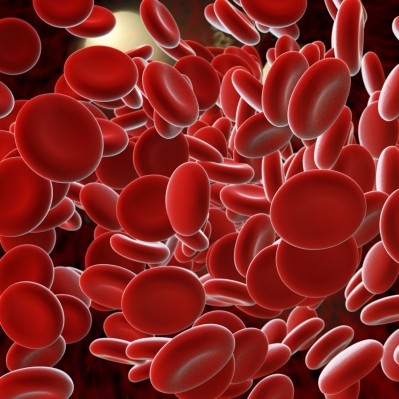US FDA issues new bioavailability guidelines

The US Food and Drug Administration (FDA) guidance, which is open for industry comment for the next 60 days, contains advice to drugmakers as to how best meet bioavailability and bioequivalence requirements in its Code of Federal Regulations Title 21 document, a component of new drug development.
According to the guidance, bioavailability is described as “the rate and extent to which the active ingredient or active moiety is absorbed from a drug product and becomes available at the site of action,” with such data providing “an estimate of the fraction of the drug absorbed, as well as provide information related to the pharmacokinetics of the drug.”
Documenting the bioavailability of an orally administered dose, the guidance says, can be done by “comparing a systemic exposure profile to that of a suitable reference product.” This can be done by “measuring the concentration of active ingredients and/or active moieties over time and, when appropriate, active metabolites over time in samples collected from the systemic circulation.”
However, the document goes on to describe the “most accurate, sensitive, and reproducible method[s] available to demonstrate bioavailability,” focusing mostly on pharmacokinetic studies to document this whether in in vivo studies, a pilot study or in full-scale studies conducted preferably in healthy volunteers as this is less likely to produce pharmacokinetic variability.
Dosage Forms
Whilst the guidance says for solubilized forms such as oral solutions the in vivo bioavailability data may be waived as it is “generally self-evident,” there are some examples where the excipient may alter the bioavailability – sorbitol may reduce the bioavailability and vitamin E may enhance it, for example – and thus in vivo studies would be necessary.
Also for immediate release capsules and tablets, the FDA recommends a single-dose, fasting study be performed. “In addition, a BA study may be needed with the unconventional dosage form swallowed intact to assess the impact of accidental swallowing of the intact product.”
However, the FDA also speak about extended release products, recommending using appropriate reference products (such as a solution or suspension of the active drug ingredient or therapeutic moiety, or a currently marketed non-controlled-release drug product containing the same API) in order to “permit an appropriate scientific evaluation of the extended release claims made for the drug product.”
Bioavailability Challenge 2014
Drug bioavailability is a hot topic for the drug industry, with both small molecule-focused pharmaceutical firms and biopharmaceutical developers increasingly interested in technologies that can help them make promising therapeutic candidates into sellable products.
On March 27 are holding the second edition of our “Bioavailability Challenge 2014” a free to ‘attend’ online webinar series on March 20 focused on the difficulties developers face in ensuring their drug candidates are bioavailable.
Our editorial programme will feature contributions from Yorkshire Biotec and analysts group Frost & Sullivan will share its overview of the bioavailability services market.
The event will also feature presentations from scientists from Ashland, BASF, Dow and many more…
Click here to sign up for the show. See you on March 27.






















